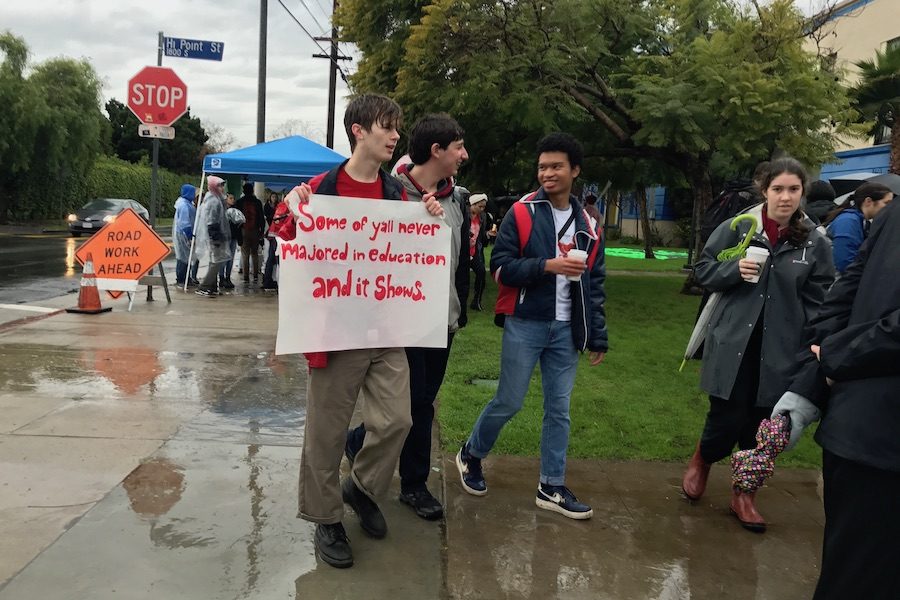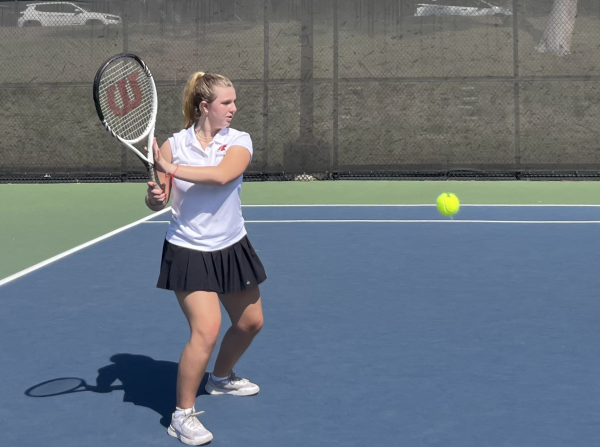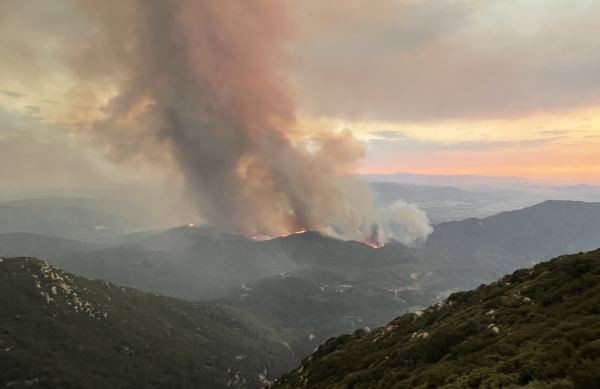First LA Teacher Strike in Decades Ends With Smaller Classes, Bigger Paychecks
February 28, 2019
Days of intermittent downpour didn’t stop teachers from the Los Angeles Unified School District from picketing and marching last month to get a contract with smaller class sizes, more nurses, and higher pay.
Lasting from Jan. 14 to Jan. 22, the first teachers strike in Los Angeles in 30 years ended after an agreement was reached that included a 6 percent raise in teacher salary, class size reductions and more on-campus support staff like nurses and librarians. About 34,000 educators participated in the walkout.
“It was hard seeing the kids go in without us,” said Ms. Samantha Morgan, a history teacher at John Burroughs Middle School, in an interview after the strike was over. “We knew that sacrificing a week of our time would be worth it in the future.”
The LAUSD has some 640,000 students in more than 900 schools, making it the second-largest school district in the country, just below New York City.
Students were encouraged by their principals to attend class during the strike, but according to students interviewed at John Burroughs and Hamilton High School, this meant gathering in a gym or auditorium to watch movies.
At Hamilton, those who decided to attend school during the strike went either to the small gym, main gym or cafeteria. The students were divided by grade.
Adinah Singer-Frankes, a sophomore at Hamilton High School, picketed with teachers.
“I have studied so many famous strikes and it was so spectacular to be able to experience one for myself,” Adinah said when it was over. “Of course it was hard because of the rain, it was very stressful, but I definitely support them.”
Yoni Kollin, a Hamilton senior, agreed with the teacher’s goals but thought the protests would hurt the students.
“Think about all the juniors taking AP classes, they’re not going to know how to take the tests,” Yoni said. “The students that are learning English are gonna have a huge setback, and a lot of other students are not going to be able to learn and achieve what they want to do at school.
“I agree with what the teachers are asking for,” he added. “I agree with smaller classes and I agree with more staff, but LAUSD doesn’t have the money to give them that.”
The teacher’s union — United Teachers Los Angeles, or UTLA — had originally asked for a 6.5 percent raise but in the end settled for 6 percent, which will be gradually added over the next couple years.
The changes are predicted by LAUSD to cost $175 million combined over the years 2019-2021 and $228 million in the 2021-2022 school year for staffing increases and smaller class sizes. In addition, the schools lost $151.4 million based on attendance records since hundreds of thousands of students didn’t show up for school.
Despite the fact that the teachers given a smaller raise than what they had asked for, the majority of teachers and staff in the UTLA voted in favor of the agreement reached with the district.
Other than the raise, the deal includes class size declining by four students in grades 4-12 gradually over the next three years, and hiring of 39 librarians, 456 nurses and 76 counselors, which will all be hired 2022. The agreement was made the morning of Jan. 22, after a 21-hour meeting between LAUSD and teacher union leaders.
Ms. Susan Goldman, a history teacher at John Burroughs, considered it a great victory — not specifically for their school since they already had nurses, but for other schools that were lacking. John Burroughs is located in Hancock Park.
“A lot of schools, not ours, wanted green space,” Ms. Goldman said. “We’re fortunate we have a nurse, they wanted a nurse.”Even John Burroughs will benefit, however.
“Every school is now getting librarians — we haven’t had a librarian in 10 years,” she said. “That’s why we were out there. Our school has a lot of stuff, but we have to do it for all of Los Angeles, and we achieved it.”
One of the most important issues to teachers was smaller class sizes. Adinah said her largest class has about 38 students and her smallest about 20, and although it can depend on the teacher, she explained overall she believes a student can succeed more in smaller classes.
“You are given more attention for your specific needs,” Adinah said. “It doesn’t go as fast when there are less people because you can really focus.”
Ms. Rachel Corona, an English teacher at John Burroughs, said teachers see it the same way.
“Smaller classes benefit the students,” Ms. Corona said in an interview, who said she’d seen classes with as many as 50 students. “As I teacher I know that is not feasible.”
According to Ms. Goldman, at Burroughs the biggest class size is around 35, but in high schools in LAUSD it can go up to 50, an in kindergarten classes up to 30 in one room. Ms. Goldman believes kindergarten classes should have around 20 students.
Though they were happy about the outcome, returning from the strike was a transition for students and teachers alike. Ms. Corona discussed it in her classroom on Jan. 23, the day after the agreement was signed, and opened it up for any questions or thoughts her students had.
“I never want to just push my opinions on them,” Ms. Corona said. “I shared a little bit about how exhausting it was to be outside, and how happy I was to be back.”
Mr. Mario Hernandez, parent of a seventh-grader at John Burroughs, said he was glad the teachers won what they wanted.
“They had every right,” said Mr. Hernandez.“They work hard for the kids, and my kids came to school every day [during the strike].”
Get the latest from The Boiling Point. Sign up for our news feed.














